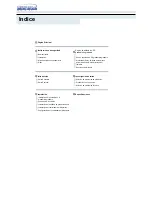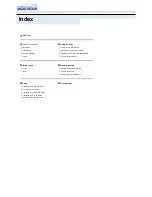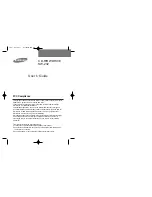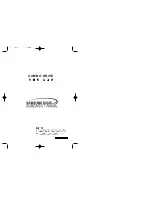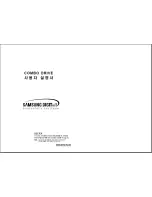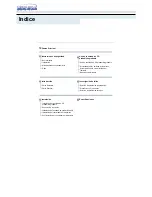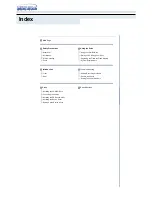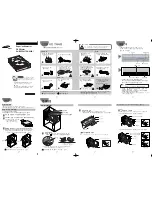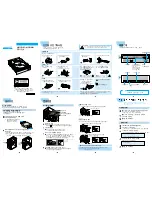
7.1.3 Frequency Converter Hardware Setup
Use the terminator dip switch on the main control board
of the frequency converter to terminate the RS-485 bus.
1 2
S8
01
ON
130BA272.11
Illustration 7.3 Terminator Switch Factory Setting
The factory setting for the dip switch is OFF.
7.1.4 Frequency Converter Parameter
Settings for Modbus Communication
The following parameters apply to the RS-485 interface
(FC-port):
Parameter
Function
8-30 Protocol
Select the application protocol to run on
the RS-485 interface
8-31 Address
Set the node address. Note: The address
range depends on the protocol selected in
8-30 Protocol
8-32 Baud Rate
Set the baud rate. Note: The default baud
rate depends on the protocol selected in
8-30 Protocol
8-33 Parity / Stop
Bits
Set the parity and number of stop bits.
Note: The default selection depends on the
protocol selected in
8-30 Protocol
8-35 Minimum
Response Delay
Specify a minimum delay time between
receiving a request and transmitting a
response. This can be used for overcoming
modem turnaround delays.
8-36 Maximum
Response Delay
Specify a maximum delay time between
transmitting a request and receiving a
response.
8-37 Maximum
Inter-Char Delay
Specify a maximum delay time between
two received bytes to ensure time-out if
transmission is interrupted.
Table 7.2
7.1.5 EMC Precautions
The following EMC precautions are recommended in order
to achieve interference-free operation of the RS-485
network.
Relevant national and local regulations, for example
regarding protective earth connection, must be observed.
The RS-485 communication cable must be kept away from
motor and brake resistor cables to avoid coupling of high
frequency noise from one cable to another. Normally a
distance of 200 mm (8 inches) is sufficient, but keeping the
greatest possible distance between the cables is generally
recommended, especially where cables run in parallel over
long distances. When crossing is unavoidable, the RS-485
cable must cross motor and brake resistor cables at an
angle of 90
°
.
Illustration 7.4
7.2 FC
Protocol
Overview
The FC protocol, also referred to as FC bus or Standard
bus, is the Danfoss standard fieldbus. It defines an access
technique according to the master-slave principle for
communications via a serial bus.
One master and a maximum of 126 slaves can be
connected to the bus. The master selects the individual
slaves via an address character in the telegram. A slave
itself can never transmit without first being requested to
do so, and direct message transfer between the individual
slaves is not possible. Communications occur in the half-
duplex mode.
The master function cannot be transferred to another node
(single-master system).
The physical layer is RS-485, thus utilizing the RS-485 port
built into the frequency converter. The FC protocol
supports different telegram formats:
RS-485 Installation and Set...
VLT
®
Refrigeration Drive Design Guide
MG16G102 - VLT
®
is a registered Danfoss trademark
87
7
7

































